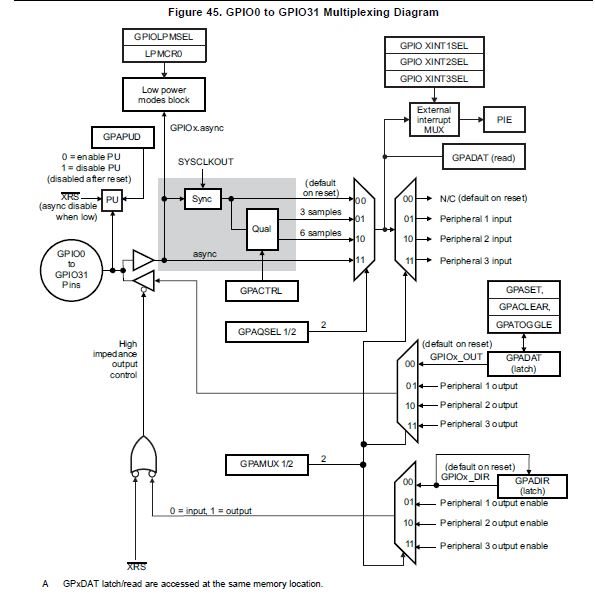Hi,
I am working on a custom board based on the boostxldrv8301_revB. I have set up the GPIO 17 as TZ3 and am triggering a one shot trip from that pin for short circuit protection. This works fine in the lab.
In the manual it says that the condition needs to be longer than three times the TBCLK low pulses for it to latch on. However I am working on the system which may have noise induced in it, so I was wondering if there is a way to increase this time from 3*TBCLK to some higher value so that I don't get wrong trips?
The chip that I am using pulls the pin low for almost 7ms, and I can increase it to 50 ms if needed, so missing a real trip event is not a problem but I certainly do not want any spurious trip events because of noise.
Thanks for help.


